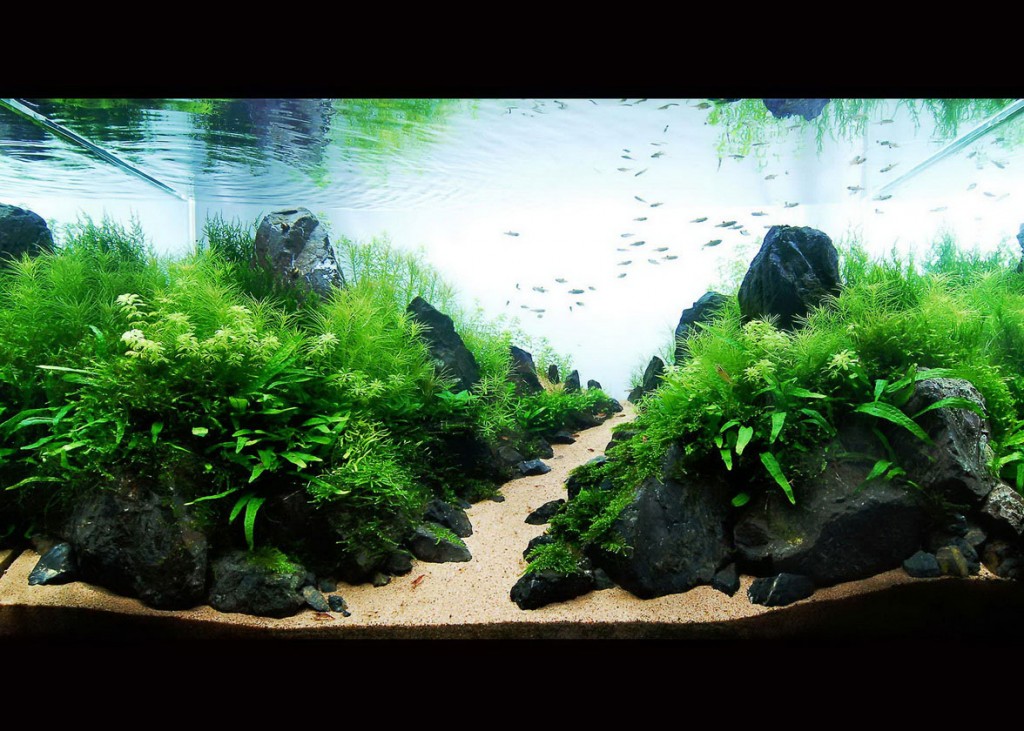Rotala stem plants, known for their vibrant colors and delicate structure, are a popular choice in freshwater aquariums. Their impact on aquarium biodiversity and ecological balance is multifaceted, influencing various aspects of the aquatic environment. Rotala species, such as Rotala rotundifolia and Rotala indica, are celebrated for their striking appearance. Their vibrant hues, which can range from deep reds to bright greens, provide a visually stunning backdrop in aquariums. This aesthetic appeal encourages hobbyists to create more diverse and visually stimulating aquatic landscapes, often leading to increased interest and investment in aquarium ecosystems.
Habitat Enhancement
In terms of habitat, hygrophila pinnatifida plants offer significant benefits. They provide essential cover and shelter for small fish and invertebrates. The dense, bushy nature of these plants creates hiding spots and reduces the visibility of predators, which is crucial for the well-being of smaller or more timid species. This protective environment can contribute to the successful breeding of these species, enhancing overall biodiversity within the aquarium.

Water Quality and Oxygenation
Rotala plants play a role in maintaining water quality. They absorb excess nutrients, such as nitrates and phosphates, from the water column. This nutrient uptake helps prevent algae blooms, which can otherwise dominate the aquarium and disrupt the balance of the ecosystem. Furthermore, as they photosynthesize, Rotala plants produce oxygen, contributing to the health of aquatic life and promoting a balanced ecosystem.
Biological Filtration
The root systems of Rotala stem plants also play a role in biological filtration. By anchoring themselves in the substrate, these plants stabilize the substrate and prevent excessive accumulation of organic debris. This helps maintain a clean and balanced environment, reducing the need for mechanical filtration and regular water changes. The roots also facilitate the growth of beneficial bacteria, which aid in the breakdown of waste products.
Competition and Balance
While Rotala plants offer numerous benefits, they can also introduce challenges in maintaining aquarium balance. Their rapid growth can lead to competition for light and nutrients with other plants and algae. This can potentially overshadow slower-growing species and disrupt the equilibrium of the planted aquarium. Regular trimming and maintenance are essential to manage their growth and ensure that all plant species in the aquarium receive adequate resources.
Interactions with Aquatic Fauna
Rotala plants interact dynamically with aquarium fauna. Their structure provides breeding grounds and foraging opportunities for various fish and invertebrates. However, certain species, particularly herbivorous fish and snails, may feed on these plants, which can impact their growth and overall health. Managing these interactions requires a careful balance between plant and animal populations to ensure a thriving ecosystem.
The rotala stem plants significantly influence aquarium biodiversity and balance. Their visual appeal enhances the aesthetic quality of aquariums, while their role in providing habitat, improving water quality, and contributing to biological filtration supports a healthy and diverse aquatic environment. However, their rapid growth and potential competition for resources necessitate regular maintenance to preserve equilibrium. By understanding and managing these impacts, hobbyists can create and sustain vibrant, balanced aquatic ecosystems that showcase the beauty and complexity of underwater life.
